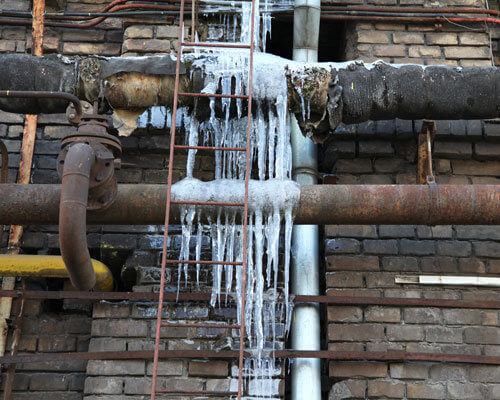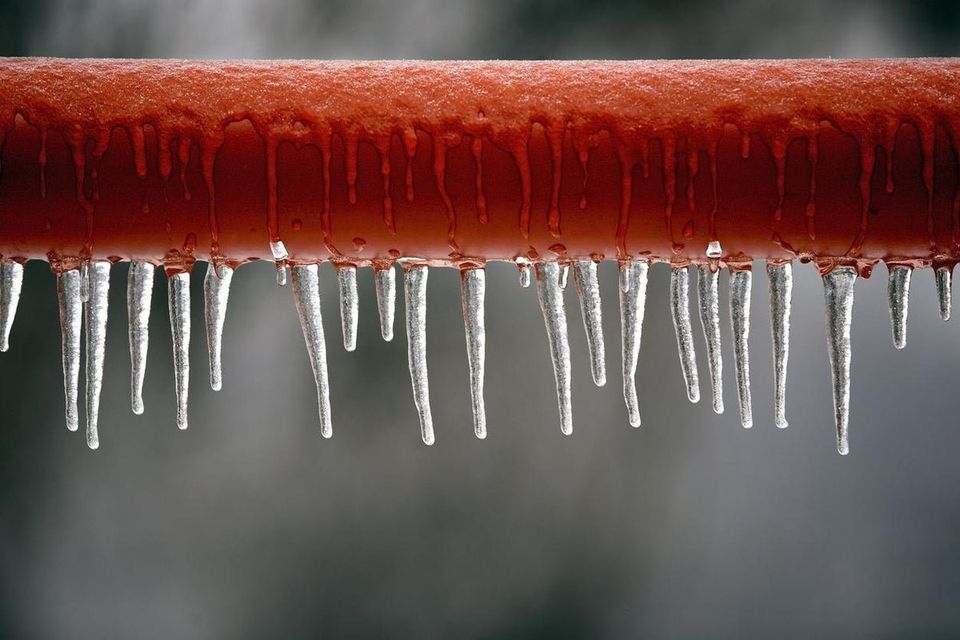Protecting Against Frozen Pipes: Top Methods for Cold Weather
Protecting Against Frozen Pipes: Top Methods for Cold Weather
Blog Article
Were you trying to find advice about How To Avoid Freezing Pipes?

Cold weather can ruin your pipes, specifically by freezing pipes. Here's how to avoid it from taking place and what to do if it does.
Introduction
As temperature levels drop, the danger of frozen pipes rises, possibly bring about pricey repairs and water damages. Understanding just how to avoid icy pipes is vital for house owners in cool environments.
Recognizing Icy Pipes
What creates pipelines to ice up?
Pipes freeze when revealed to temperatures listed below 32 ° F (0 ° C) for prolonged periods. As water inside the pipes freezes, it increases, taxing the pipe wall surfaces and potentially causing them to break.
Dangers and damages
Frozen pipelines can cause water interruptions, home damage, and costly repair work. Ruptured pipes can flooding homes and trigger considerable structural damages.
Indications of Frozen Water Lines
Recognizing icy pipes early can stop them from bursting.
Exactly how to identify icy pipes
Look for lowered water circulation from taps, unusual smells or sounds from pipelines, and visible frost on exposed pipes.
Prevention Tips
Protecting susceptible pipelines
Cover pipelines in insulation sleeves or make use of heat tape to secure them from freezing temperatures. Concentrate on pipes in unheated or external locations of the home.
Heating techniques
Maintain indoor spaces effectively heated, particularly areas with plumbing. Open up cupboard doors to allow warm air to flow around pipes under sinks.
Protecting Exterior Plumbing
Garden pipes and outdoor taps
Separate and drain pipes garden pipes before winter months. Mount frost-proof faucets or cover outside taps with shielded caps.
What to Do If Your Pipes Freeze
Immediate actions to take
If you presume frozen pipelines, keep faucets open to relieve pressure as the ice thaws. Use a hairdryer or towels soaked in hot water to thaw pipelines gradually.
Long-Term Solutions
Architectural modifications
Consider rerouting pipes far from outside walls or unheated areas. Include additional insulation to attics, cellars, and crawl spaces.
Upgrading insulation
Invest in premium insulation for pipes, attics, and wall surfaces. Appropriate insulation helps maintain consistent temperature levels and minimizes the danger of icy pipelines.
Final thought
Preventing frozen pipes needs aggressive actions and quick reactions. By recognizing the causes, indicators, and preventive measures, home owners can protect their pipes during cold weather.
5 Ways to Prevent Frozen Pipes
Drain Outdoor Faucets and Disconnect Hoses
First, close the shut-off valve that controls the flow of water in the pipe to your outdoor faucet. Then, head outside to disconnect and drain your hose and open the outdoor faucet to allow the water to completely drain out of the line. Turn off the faucet when done. Finally, head back to the shut-off valve and drain the remaining water inside the pipe into a bucket or container. Additionally, if you have a home irrigation system, you should consider hiring an expert to clear the system of water each year.
Insulate Pipes
One of the best and most cost-effective methods for preventing frozen water pipes is to wrap your pipes with insulation. This is especially important for areas in your home that aren’t exposed to heat, such as an attic. We suggest using foam sleeves, which can typically be found at your local hardware store.
Keep Heat Running at 65
Your pipes are located inside your walls, and the temperature there is much colder than the rest of the house. To prevent your pipes from freezing, The Insurance Information Institute suggests that you keep your home heated to at least 65 degrees, even when traveling. You may want to invest in smart devices that can keep an eye on the temperature in your home while you’re away.
Leave Water Dripping
Moving water — even a small trickle — can prevent ice from forming inside your pipes. When freezing temps are imminent, start a drip of water from all faucets that serve exposed pipes. Leaving a few faucets running will also help relieve pressure inside the pipes and help prevent a rupture if the water inside freezes.
Open Cupboard Doors
Warm your kitchen and bathroom pipes by opening cupboards and vanities. You should also leave your interior doors ajar to help warm air circulate evenly throughout your home.

I have been very excited about How to Prevent Your Pipes From Freezing and I'm hoping you liked my blog entry. Don't hesitate to take the opportunity to distribute this blog if you appreciated it. Thanks so much for your time spent reading it.
Schedule And Pricing Report this page